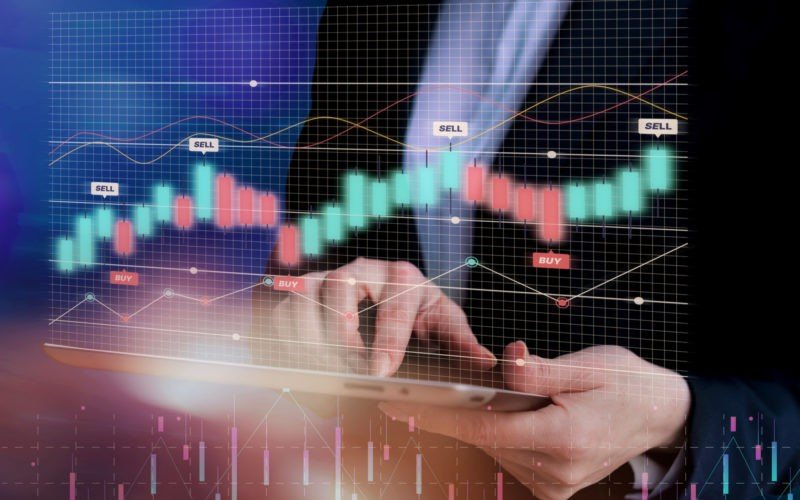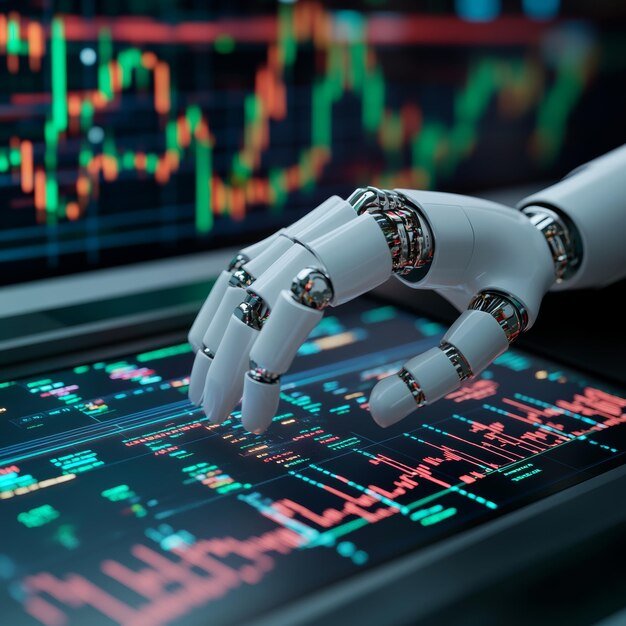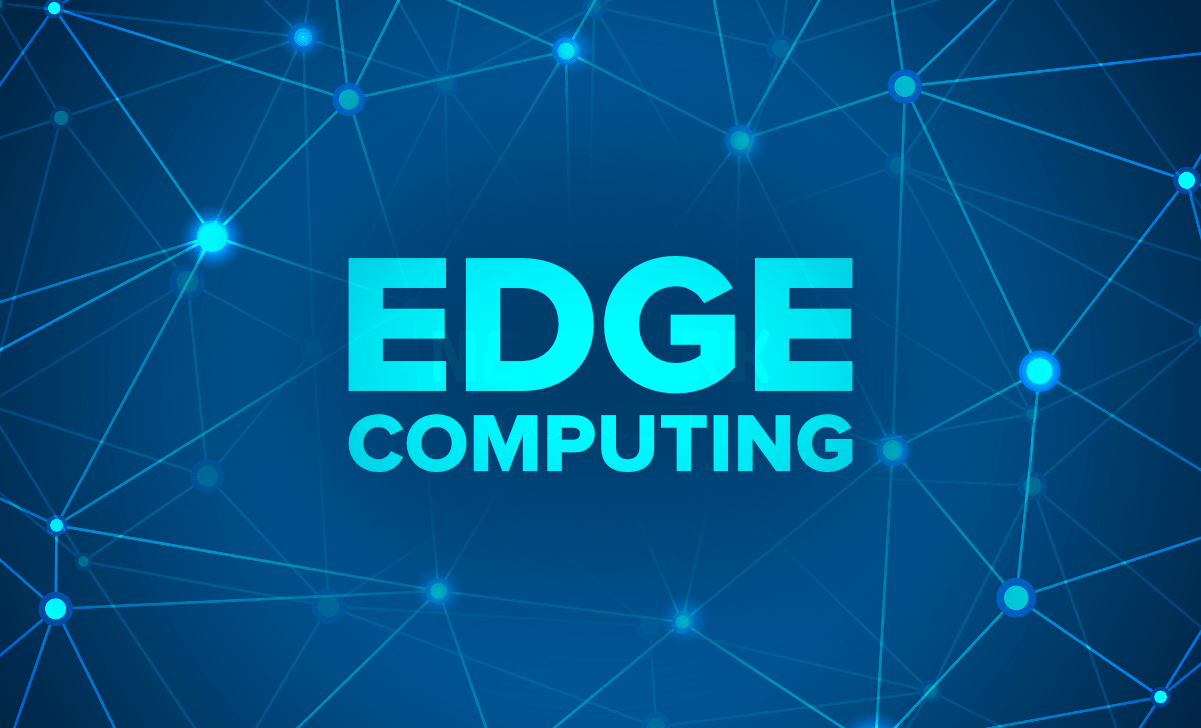The Intersection of Technology and Forex Trading: Revolutionizing the Global Markets
In recent years, technology has become a cornerstone in nearly every facet of life, and the financial markets are no exception. Among the most significant technological advancements, forex trading—also known as foreign exchange or currency trading—has seen a massive transformation. This fast-paced, high-volume market, which operates 24 hours a day, 5 days a week, has always been a domain of intricate strategies and high-stakes decision-making. Today, technology is reshaping how traders engage with the forex market, from the tools they use to the algorithms that guide their trades.
The Role of Technology in Forex Trading
Forex trading involves the exchange of one currency for another, such as trading the US Dollar (USD) for the Euro (EUR). It’s one of the largest and most liquid markets in the world, with an average daily turnover of over $6 trillion. In the past, only institutional investors, banks, and hedge funds had access to the sophisticated technology needed to trade effectively. But now, the landscape is dramatically different.
From retail traders to multinational corporations, technology has leveled the playing field and empowered anyone with an internet connection and the right tools to get involved. Let’s explore the different ways technology is shaping the forex market.
1. Algorithmic Trading: The Rise of Automated Strategies
One of the most profound changes brought on by technology is the rise of algorithmic trading. This involves using computer algorithms to automatically execute trades based on a set of predetermined conditions or patterns. Algorithmic trading is not a new concept in the world of finance, but its application in forex has been a game-changer.
Previously, traders had to manually analyze currency pairs, track news events, and make decisions in real-time. Now, automated trading systems can analyze vast amounts of data in a fraction of a second, making split-second trading decisions without human intervention. These algorithms are designed to detect trends, price movements, and even geopolitical events that could affect the forex market.
Moreover, machine learning and artificial intelligence (AI) are increasingly integrated into these systems, enabling them to “learn” from past market behavior and adapt to changing conditions. Traders no longer have to sit in front of a screen 24/7; the machines can handle the heavy lifting while providing opportunities for profits in real-time.
2. High-Frequency Trading (HFT): The Speed Factor
One of the more sophisticated branches of algorithmic trading is high-frequency trading (HFT). HFT uses advanced algorithms to execute a large number of orders at extremely high speeds—often in milliseconds or microseconds. While this type of trading is primarily used by institutional investors, retail traders can still benefit indirectly.
The advent of HFT has pushed the need for lightning-fast technology. Servers and network infrastructure have improved to allow traders to gain a competitive advantage. Even small fractions of a second can lead to significant profit or loss in the forex market. That’s why many forex brokers and traders are investing in co-location services, where their systems are physically close to the exchange’s infrastructure to reduce latency.
3. Trading Platforms: The Gateway to Forex Markets
Gone are the days when forex trading was restricted to financial institutions. Today, retail traders can access the market from anywhere in the world with nothing more than a smartphone or laptop. This is made possible by the proliferation of forex trading platforms such as MetaTrader 4 (MT4), MetaTrader 5 (MT5), NinjaTrader, and cTrader.
These platforms offer an array of tools that allow traders to analyze currency pairs, chart price movements, and execute trades. More importantly, these platforms enable real-time access to the global forex market, making it easier for individuals to trade on-the-go. With the push of a button, users can access historical price data, apply technical indicators, or even make trades based on automated strategies.
Furthermore, many brokers have integrated social trading features, where traders can follow or copy the trades of more experienced individuals. This has made forex trading more accessible and less intimidating for newcomers.
4. Data Analytics and Big Data in Forex Trading
As the forex market grows more complex, the need for advanced data analytics has never been higher. Today, traders rely heavily on big data and analytics tools to make more informed decisions. From analyzing economic indicators like interest rates and inflation to understanding market sentiment and political stability, big data has become a powerful tool for forex traders.
For example, sentiment analysis tools use natural language processing (NLP) to monitor news feeds, social media platforms, and financial reports to gauge how market participants are feeling about a specific currency or economic event. This can help traders understand potential market shifts before they happen.
Additionally, data-driven insights can help traders optimize their risk management strategies. By analyzing past trades, market behavior, and other indicators, traders can identify patterns and make predictions based on historical data.
5. Mobile Trading: Forex in Your Pocket
In today’s fast-paced world, mobile technology has made trading on the go a reality. Forex brokers now offer mobile applications that provide traders with the ability to monitor their trades, execute orders, and analyze the market from their smartphones or tablets.
This level of accessibility has changed the dynamics of the forex market. Traders no longer need to be tied to a desktop computer to stay on top of market movements. Mobile trading apps allow individuals to trade from virtually anywhere—whether they’re at a coffee shop, on a train, or even in the middle of a vacation. This flexibility has democratized the forex market and allowed more individuals to participate in currency trading than ever before.
6. Blockchain and Cryptocurrencies: The New Frontier
One of the most intriguing intersections of technology and forex trading is the rise of blockchain and cryptocurrencies. Although not traditionally part of the forex market, digital currencies such as Bitcoin, Ethereum, and other altcoins are increasingly being traded on forex platforms.
Blockchain technology, which underpins cryptocurrencies, promises to disrupt not only financial transactions but also the way we think about currencies. The decentralized nature of cryptocurrencies and the speed of blockchain transactions could lead to changes in how traditional currencies are traded in the future.
Furthermore, forex brokers are beginning to offer cryptocurrency pairs, allowing traders to speculate on the price movements of digital currencies against fiat currencies. This opens up new opportunities for profit but also brings new risks, as the volatility of cryptocurrencies can be extreme.
The Future of Forex Trading: What’s Next?
As technology continues to evolve, the future of forex trading will likely be marked by even more automation, faster decision-making, and smarter tools. Artificial intelligence and machine learning are expected to take an even more prominent role in shaping trading strategies and risk management systems. Predictive analytics could become more accurate, helping traders anticipate market movements with greater precision.
Additionally, advancements in quantum computing could revolutionize the forex market by enabling traders to process vast amounts of data at speeds previously thought impossible. This may give rise to entirely new trading strategies that could shift the balance of power in the forex market.
Conclusion: A New Era of Forex Trading
Technology has fundamentally changed the way forex traders approach the market. From algorithmic trading to mobile apps, big data, and blockchain, the possibilities are expanding at an exponential rate. The market is now more accessible, more transparent, and more efficient than ever before.
However, while these technologies provide exciting new opportunities, they also bring risks. The complexity of automated systems, the speed of high-frequency trading, and the volatility of digital currencies all contribute to a more unpredictable market. Therefore, it’s essential for traders to remain informed, adaptable, and cautious when embracing these technologies.
As we move forward, it’s clear that technology will continue to drive innovation in forex trading. For traders, this means there are more tools and opportunities than ever to profit from the currency markets—provided they are willing to learn, adapt, and stay ahead of the curve.
Source: www.supremosol.com




